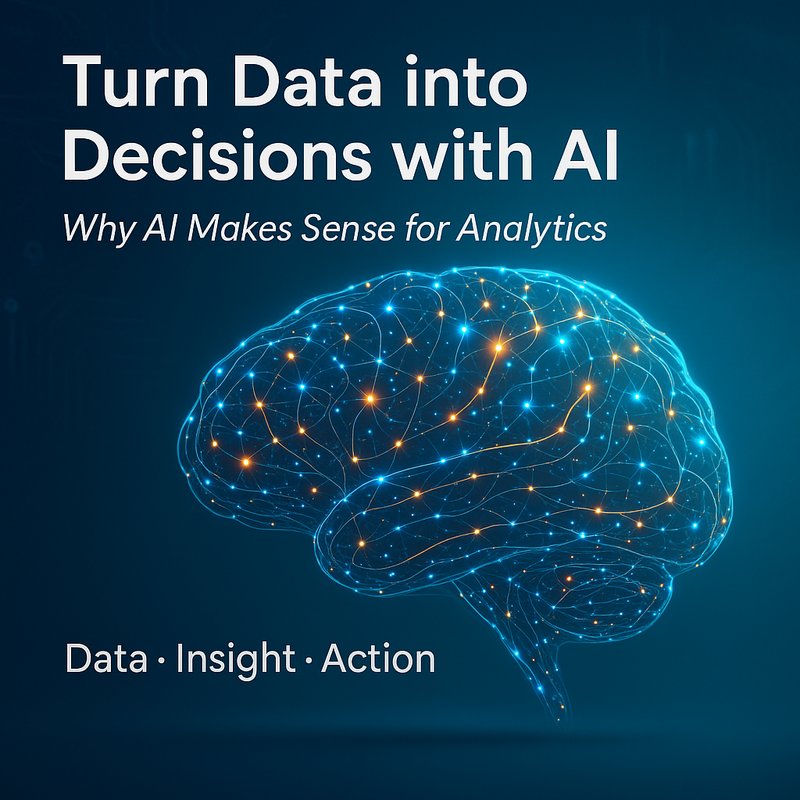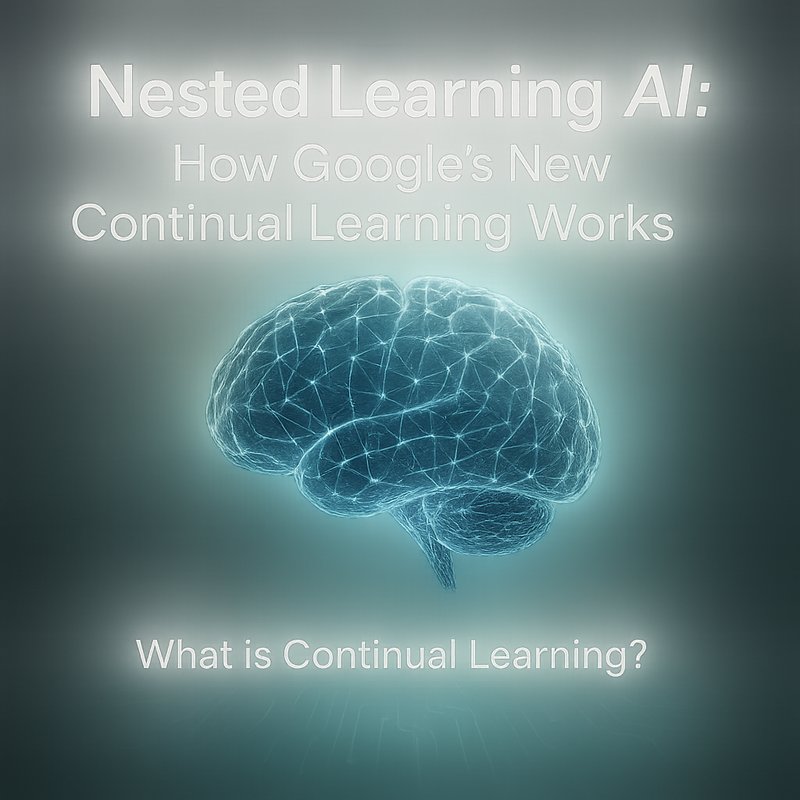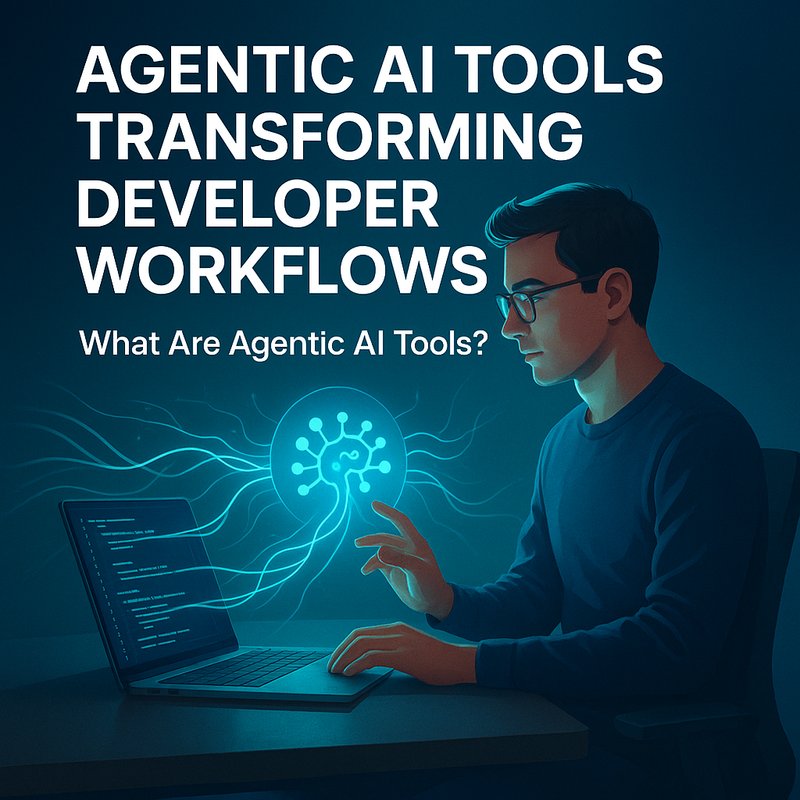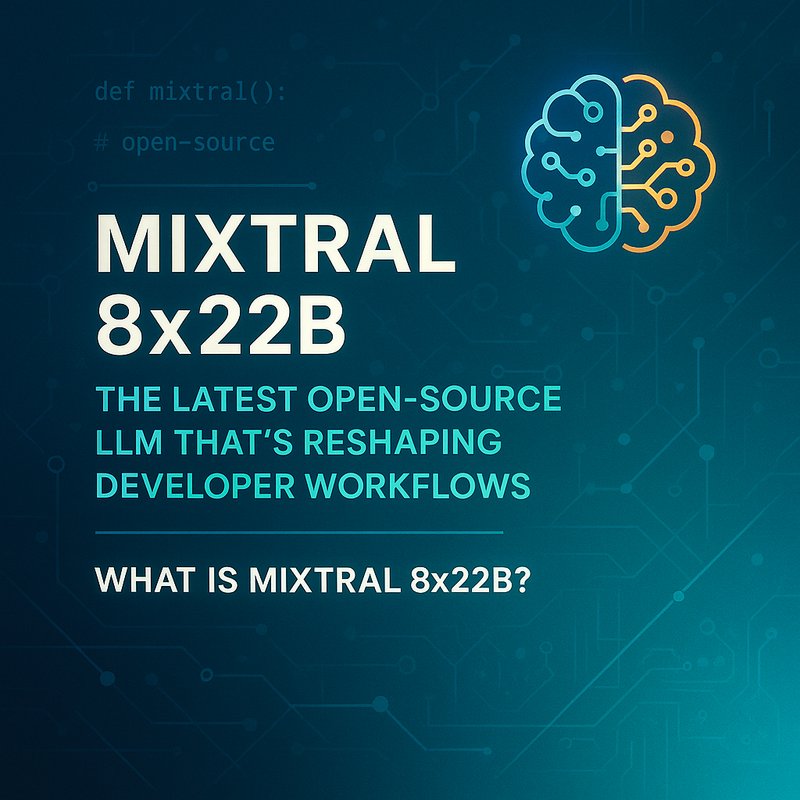Data is piling up everywhere. Spreadsheets, databases, cloud storage—you name it. Staring at raw numbers all day gets old. You need insights. Trends. Alerts before things blow up. Yet teams spend hours cleaning data, writing SQL queries, and tweaking charts. Does that sound familiar?
These days, AI tools can take on the busywork. They tidy messy tables, suggest the right visual, and even flag odd spikes without an engineer watching dashboards 24/7. What does that mean for you? Faster reports. Clearer trends. Better decisions—today, not next quarter.
Let’s explore how to bring AI into your analytics workflow. We’ll cover data prep, natural language queries, anomaly detection, dashboards, forecasting, governance, and a simple pilot plan. Ready to stop wrestling with data and start letting AI do the heavy lifting? Let’s dive in.
Why AI Makes Sense for Analytics
The reality is that modern data stacks still need humans for grunt work:
- Manually cleaning CSVs with Excel macros
- Writing and reviewing SQL day and night
- Building static charts that nobody updates
- Scouring logs for issues after the fact
It’s tedious. And error-prone. AI can help in two big ways:
- Automate routine tasks (cleaning, modeling, query writing)
- Surface patterns and outliers faster than eyeballs
You keep control, while AI acts as your silent partner—spotting trends, drafting SQL, and keeping you on top of anomalies. Teams get reports in minutes instead of days. The catch? You need the right tools and a clear plan. We’ll walk through both.
Automating Data Cleaning and Preparation
Data prep often eats up 70% of an analyst’s time. Blanks, typos, inconsistent formats… It never ends.
AI-Driven Data Wrangling
Imagine a tool that scans your dataset and suggests fixes:
- Fills missing dates based on patterns
- Standardizes inconsistent strings (“NY” vs “New York”)
- Detects outlier values that skew your averages
Tools like Google Cloud Dataprep (by Trifacta) or Amazon Glue can profile your data, suggest transformations, and even generate Python or Spark code. You approve the changes, click run, and voila—clean tables.
Smart Schema Mapping
Got new data sources every week? AI can map fields automatically:
- Detect column types (dates, currency, text)
- Match field names to canonical labels (using a data catalog)
- Warn when a column’s meaning changes over time
You avoid nasty surprises when someone renames “revenue_usd” to “rev_usd” overnight. Instead, an alert pops in Slack. You stay in control.
Natural Language Queries and Code Generation
Not everyone on your team speaks SQL. And even seasoned analysts get stuck on complex joins.
Chat Interfaces for SQL
Ever tried ChatGPT to write a query? It’s like pair-programming with an AI buddy. You ask:
“Show me total monthly sales by region for 2024.”
The AI drafts a SQL statement:
SELECT
date_trunc('month', order_date) AS month,
region,
SUM(sales_amount) AS total_sales
FROM orders
WHERE order_date BETWEEN '2024-01-01' AND '2024-12-31'
GROUP BY month, region
ORDER BY month;
You review, tweak if needed, and run it. No more staring at syntax docs.
Automated Code Reviews
With tools like Deepseek’s SQL Linter or open-source projects on GitHub, you can also catch inefficient joins or missing indexes. AI can point out:
- Cartesian products that slow down queries
- Missing WHERE clauses that scan whole tables
- Opportunities to use window functions instead of subqueries
You get cleaner, faster code without a senior engineer on every ticket.
Spotting Issues with Anomaly Detection
Sometimes you don’t know what you don’t know. A sudden drop in site traffic or a spike in refunds can slip through cracks.
Real-Time Alerts
AI models can monitor your KPIs and trigger alerts when things go sideways. For example:
- A 25% drop in daily active users compared to the previous week
- A 40% increase in payment failures in the last hour
- Unexpected outliers in shipping times for VIP customers
Platforms like Amazon SageMaker or Google Cloud AI Platform let you train custom anomaly detectors. Or use managed services like Amazon Lookout for Metrics. They send Slack notifications so you can jump on issues before they make headlines.
Root-Cause Suggestions
Some advanced systems don’t just alert—they hint at causes. Suppose refunds spike. AI examines correlated metrics and might suggest:
- An increase in fraud flags this month
- A payment gateway had outages on two days
- A promo code accidentally discounted high-value items

These clues cut your investigation time by half.
Building AI-Powered Dashboards
Once data is clean and queries are ready, you need to visualize. But not all charts are created equal.
Recommended Visuals
When you paste a table into tools like Tableau, Power BI, or Google Data Studio, an AI plugin can recommend:
- Line charts for time series
- Heatmaps for correlation matrices
- Bar charts for comparisons
That saves analysts from choosing the wrong chart type (and confusing stakeholders).
Dynamic Storytelling
Beyond static dashboards, tools like Microsoft Power BI’s “Tell Me” or Google Cloud’s Looker Blocks let you embed narrative:
- “Revenue dipped in March due to regional outage”
- “Customer churn rose after pricing changes in June”
The dashboard tells a mini-story, so every stakeholder can see the key insight at a glance.
Predictive Analytics without a PhD
Forecasting and modeling can be a black box. But AI is changing that.
Time Series Forecasting
You don’t need to code ARIMA by hand. Facebook’s Prophet library (now part of Meta’s open source) handles:
- Multiple seasonalities (daily, weekly, yearly)
- Holiday effects
- Trend change-points
Point it at your historical data, and it spits out future predictions with confidence intervals.
Automated Model Building
Platforms like Google Cloud AutoML Tables or AWS SageMaker Autopilot will:
- Try dozens of algorithms (random forest, XGBoost, neural nets)
- Evaluate performance on hold-out data
- Present you the best model
No model tuning required (though you can customize if you want). You get a REST endpoint to generate predictions on new inputs.
Governance, Trust, and Ethics
AI doesn’t excuse sloppy governance. If your models spit out wrong insights, you’ll lose trust faster than ever.
Explainability and Audits
Use tools that record:
- Which data versions were used for training
- Model parameters and evaluation metrics
- Decision paths for each prediction
That way, when finance asks “Why did revenue forecast change?” you can answer with a clear audit trail.
Privacy and Compliance
Working with PII or financial records? Make sure your pipeline:
- Encrypts data in transit and at rest (TLS, AES256)
- Anonymizes or masks personally identifiable info
- Logs every access for GDPR or CCPA compliance
Platforms like Snowflake or BigQuery support these controls natively. Don’t skimp on security.
Launching Your AI Analytics Pilot
So you’re sold on AI for analytics. How do you start?
- Pick a high-value use case
• Anomaly alerts on critical metrics
• Natural language query interface for business users
• Automated forecast for key revenue streams - Gather a small dataset (500K rows is fine)
- Choose a managed service or open source library
• Google Cloud Dataprep for cleaning
• ChatGPT/GPT-4 or open source LLM for SQL
• SageMaker Lookout for Metrics for anomalies - Build a minimal demo dashboard in Power BI or Looker
- Measure impact
• Time saved on manual cleaning
• Query turnaround time
• Number of anomalies caught - Iterate
• Refine data pipeline
• Improve model accuracy
• Expand to new datasets
Keep humans in the loop for approvals and reviews. AI should speed things up, not ship bad numbers.
Conclusion
AI isn’t magic, but it’s a powerful co-pilot for analysts. From cleaning messy data and drafting SQL to spotting odd spikes and building interactive dashboards, AI tools can shave days off your reporting cycle. The bottom line? Better insights, quicker reactions, and more time to focus on strategy.
Ready to turn data into decisions? Pick one use case today and let AI handle the busywork. Your next breakthrough could be just a model away.









